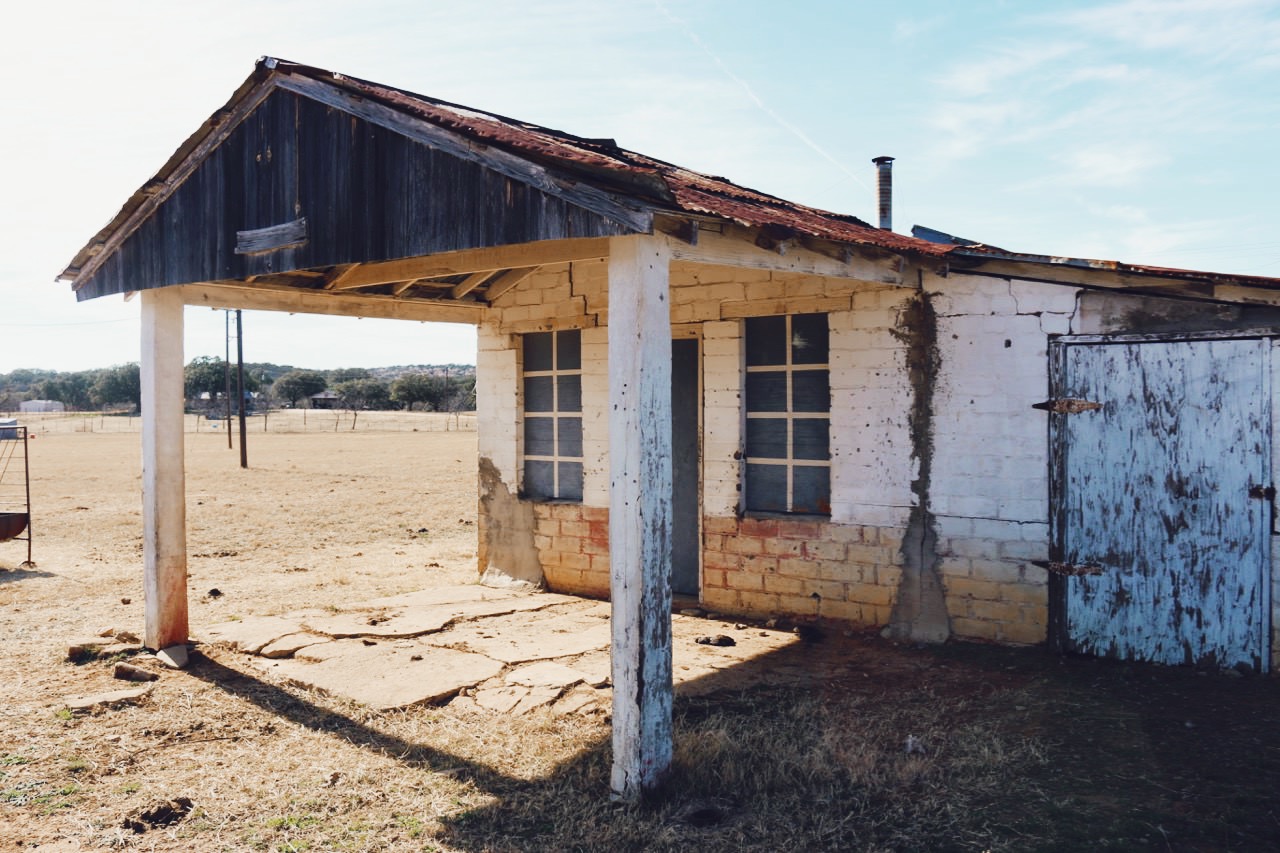Nestled deep within the piney woods of the Angelina National Forest sits one of the most intact of all of East Texas’ numerous ghost towns. Founded as a logging community in 1898 by Hal Aldridge, he established the town deep within the forests of Jasper County, with the intention of taking advantage of the area’s plentiful woods and pristine river.
At one time, this community reached a population of just over 1,000 citizens and contained a commissary, a hotel, a depot, a dispensary, 2 churches, 2 schools, and the houses of 200 tenants. However, after some controversial disputes with labor organizers, a growing number of increasingly disgruntled workers, and an unfortunate fire in 1911 which almost destroyed the entirety of the mill structure, the future of the town seemed bleak.

After mortgaging the remainder of the mill to John H. Kirby, he began the construction of several large concrete rooms to house the engines, boilers, flywheels and dry kilns. Designed in accordance with the requirements for fire insurance, he hoped to safeguard against any major future financial loss.
Another fire scare occurred in 1914, and a year later the entire mill burned to the ground. Discouraged, Hal Aldridge packed up and moved his logging dreams to El Paso, selling the site to Beaumont’s J. Frank Keith who operated a smaller 40,000-foot sawmill for 18 months before selling to the Kirby Lumber Company. A large majority of the city left with Hal, and the looming shadow of a future ghost town crept eerily over the remaining residents.

The last known sawmill on the property burned down in 1918 and in 1925 the railroad tracks which used to ship logs out of Aldridge were torn up. The town was abandoned the same year and slowly began to be reclaimed by its surroundings. Today, it sits as a desolate remnant of a time long past and a troubled establishment which never found its way out of the thick pines of East Texas.













